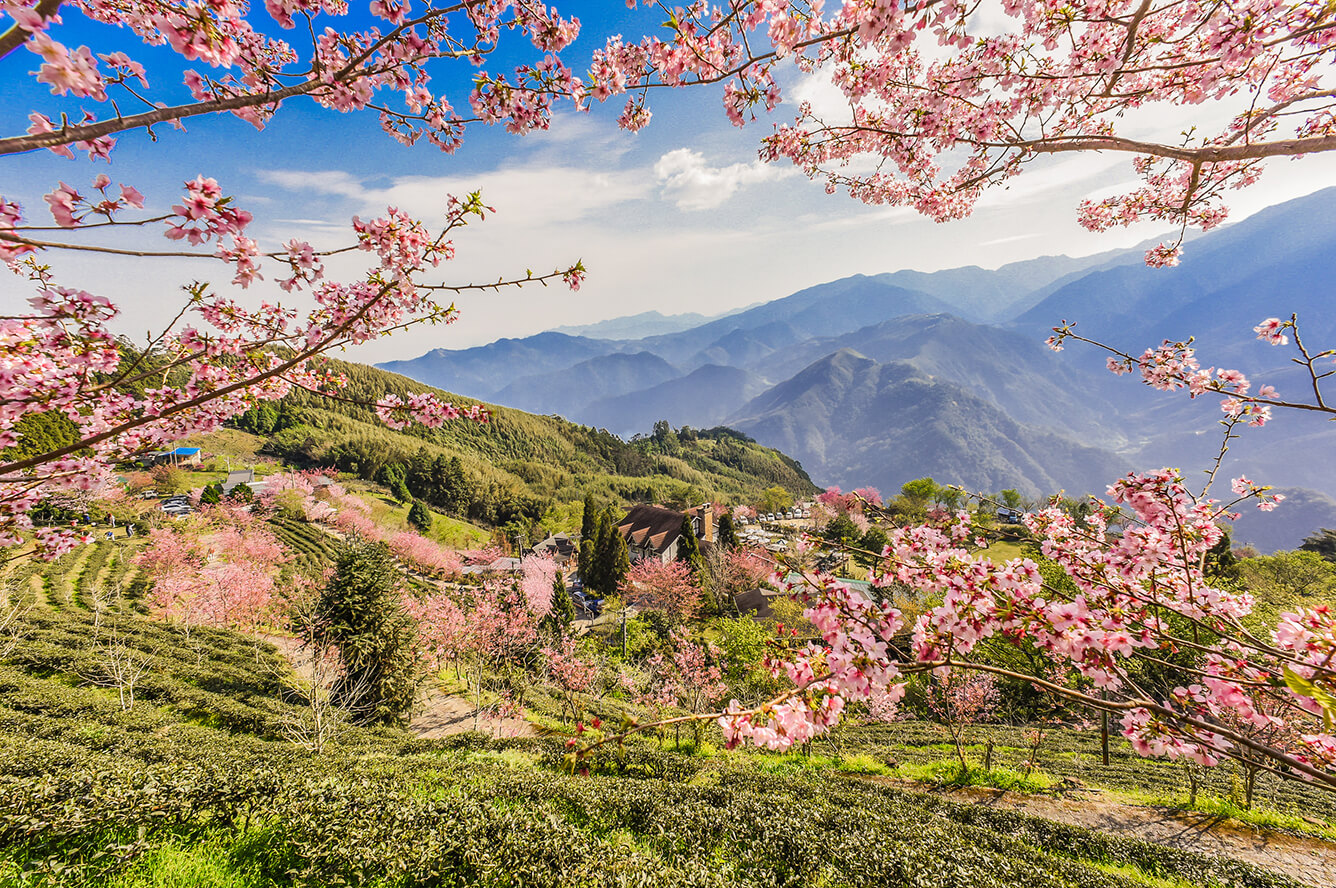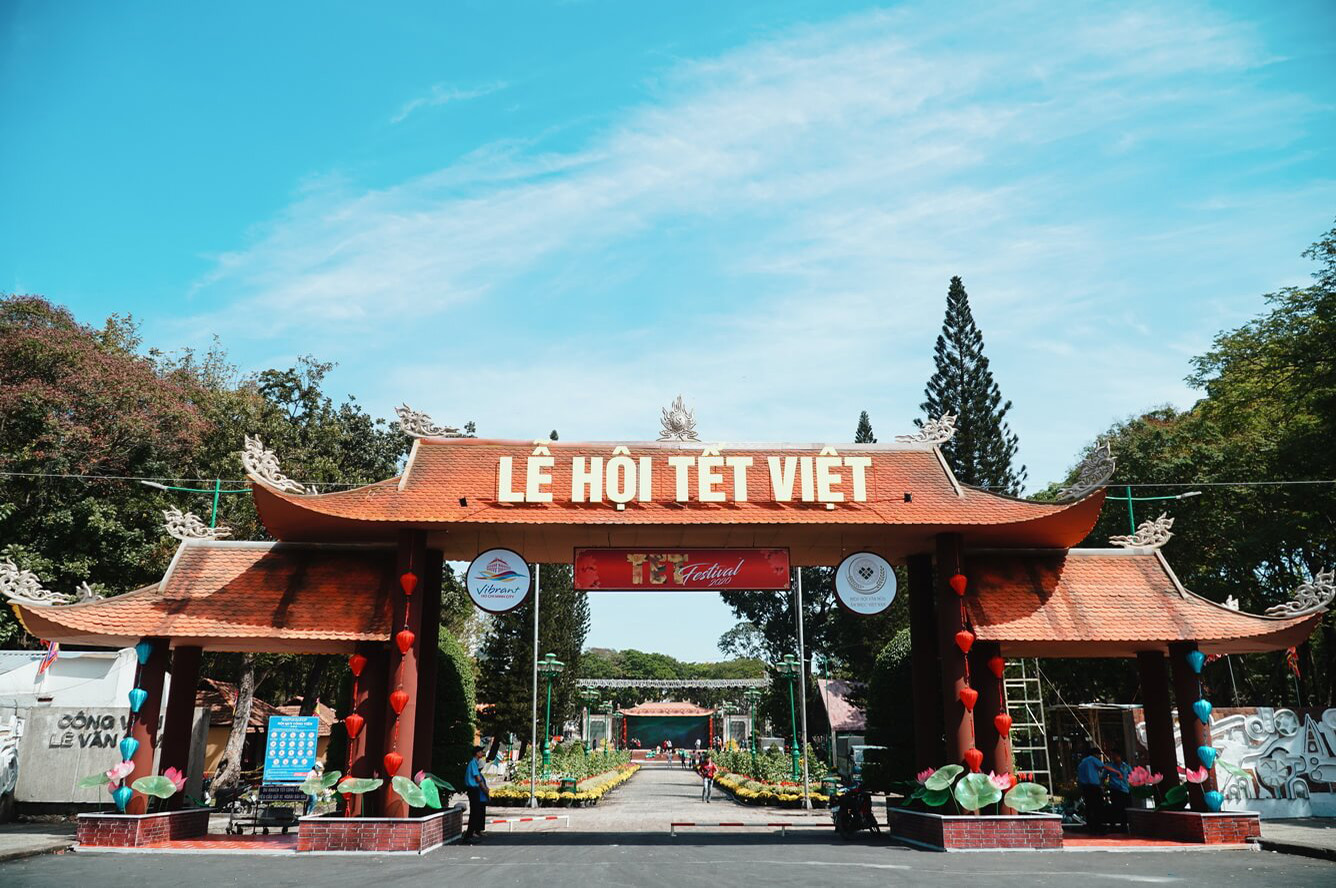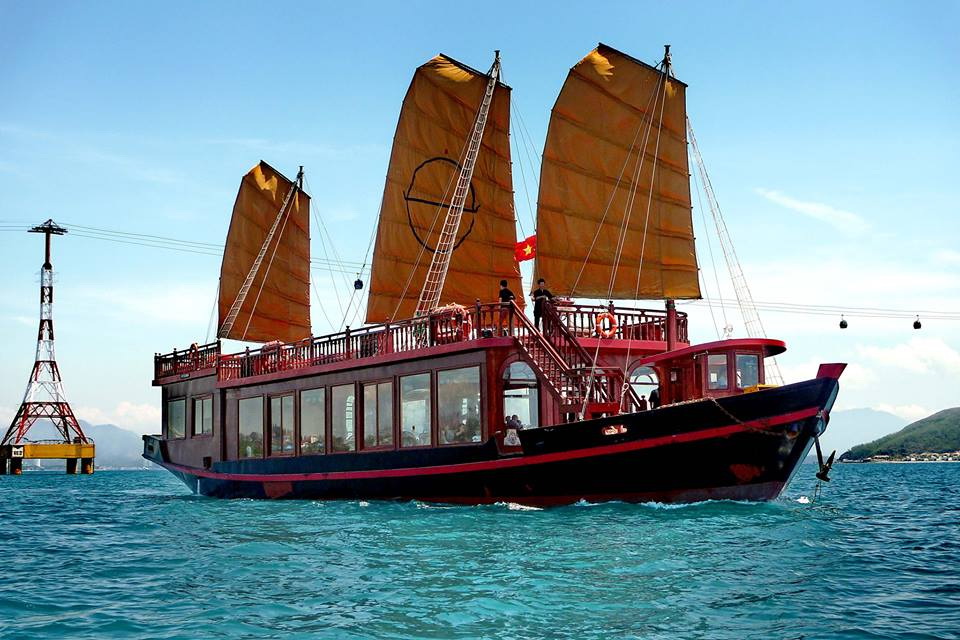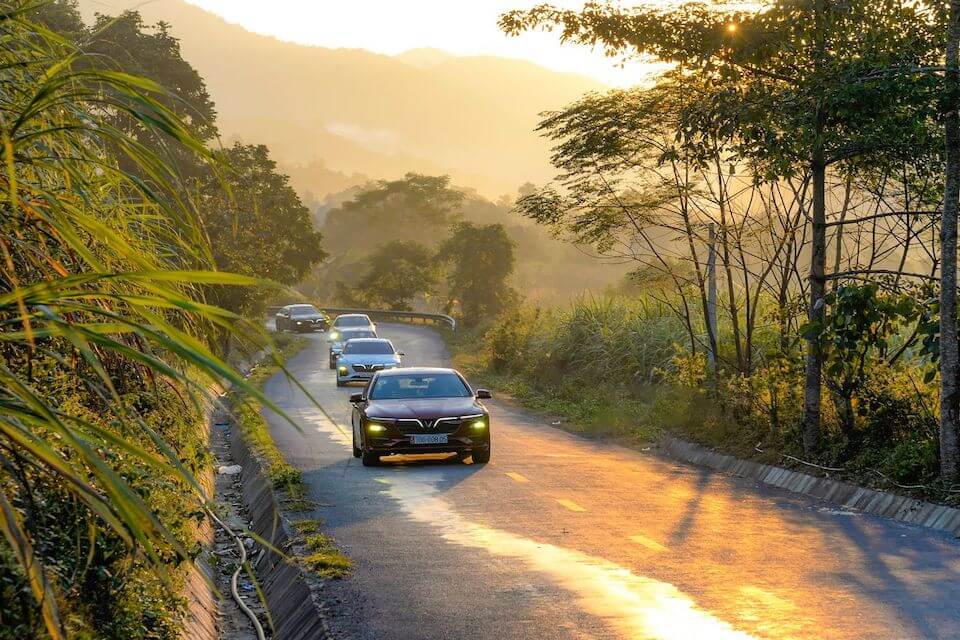1. Neuschwanstein
Neuschwanstein, Ludwig’s fairy tale castle, is set on a hill above the village (and castle) of Hohenschwangau. It is one of the most visited castles in Europe. Walt Disney used it as a model for Sleeping Beauty’s Castle in Disneyland. Ludwig paid tribute to Wagner in this castle as well with the furnishings and by naming the castle after Wagner’s opera, the Swan Knight. The Singer’s Hall is the entire fourth floor where the walls display images that point to Wagner’s works. With two popular castles nearby, the town of Füssen is one of the most popular destinations for a day trip from Munich.
2. Hohensalzburg Castle
Although Salzburg is located in Austria, it takes less than two hours by train to get here from Munich. Its Old Town, with its world famous baroque architecture, is one of the best-preserved city centers in Austria. Strategically located at the top of Festungsberg mountain, the Hohensalzburg Castle is one of Salzburg’s main attractions. The castle is is one of largest and most well-preserved medieval castles in Europe.
3. Linderhof Palace
Linderhof was the only castle out of three that Ludwig completed in his lifetime. His intended to spruce up the already existing lodge, but ended with a scaled down version of Versailles Palace. Of special interest are the Hall of Mirrors and the Peacock Bedroom. He lived in seclusion in this palace hideaway for much of his life. In honor of Wagner, Ludwig built a fantasy grotto partway up the mountain behind the palace based upon Wagner’s opera, Tannhäuser.
4. Hohenschwangau Castle
Maximillian II, father of Ludwig II, discovered Hohenschwangau Castle when he was still the Crown Prince. The vicinity in which he found it pleased him immensely. In spite of it being in ruins, he bought the castle and had it renovated. When the work was complete, Maximillian used it as a hunting lodge, and for a summer palace. Ludwig II reigned after Maximillian died in 1864. He never married, so his mother remained at this home for the rest of her life. The castle escaped harm during both World Wars. It is located in the village of Hohenschwangau near the town of Füssen about a 2 hours drive from Munich.
5. Rothenburg ob der Tauber
This medieval town is one of the stops on the Romantic Road, which is a trail that features a number of interesting places to visit. It is approximately at the half-way point between Frankfurt and Munich. Rothenburg is a walled town that has remained intact down through the years. It is famous for being the most German town in Germany. During World War II the Nazi leaders habitually took people on day trips to show them this model village. It is also famous for the stores that carry Christmas items all year round and for having an outstanding Christmas market each December.
6. Eagle's Nest
The Eagle’s Nest was Hitler’s retreat. Martin Bormann had it built, and gave it to Hitler for his 50th birthday. In spite of that, Hitler did not spend a great deal of time there. That fact may have saved it from Allied bombing at the end of World War II. A charitable trust has custody of The Eagles nest now, which has been transformed into a restaurant. Together with the nearby town of Berchtesgaden it is a popular destination among Munich day trips.
7. Herrenchiemsee
King Ludwig II had three passions. They were solitude, Versailles and Wagner. He planned the Herrenchiemsee Palace to reflect the glory of Louis XIV, the Sun King of France. Ludwig succeeded by trying to duplicate Versailles Palace. He personalized his version by building it on an island in the Chiemsee. It was about one-third finished when he died, but is a worthwhile place to visit for the landscaping and formal gardens.
8. Regensburg
At the far end northern end of the Danube River, a fortification was built for the Roman emperor, Marcus Aurelias, in 179. It was called “Castra Regina” and corresponds to what is today the core of Regensburg’s Altstadt (“Old City”). Tourists can meander through this medieval city and absorb the rich history of architecture and art. The city sustained little damage from the bombings at the end of World War II, and offers visitors the unique opportunity to study the unbroken past of this town.
Source Touropia

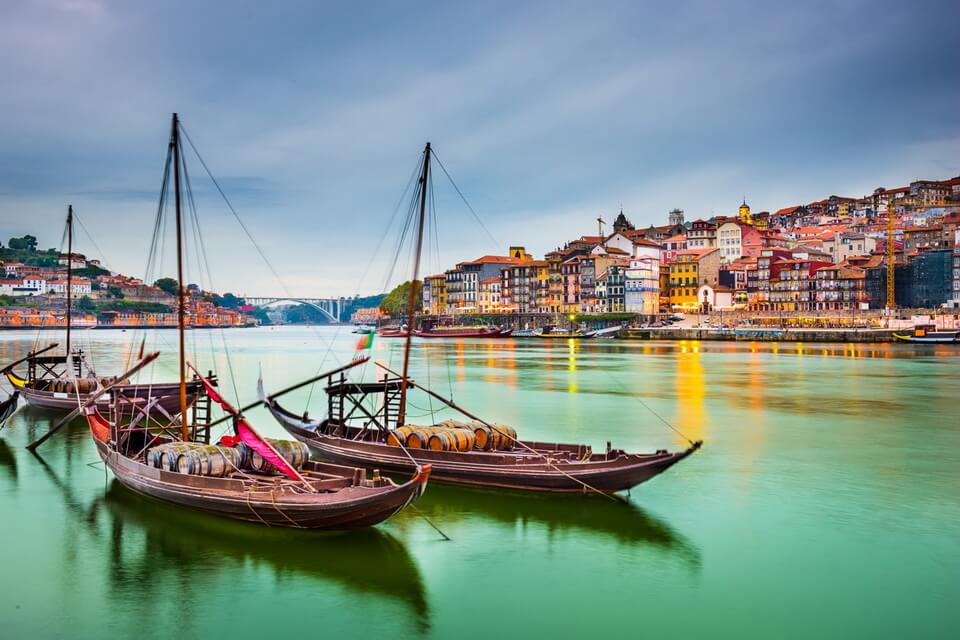
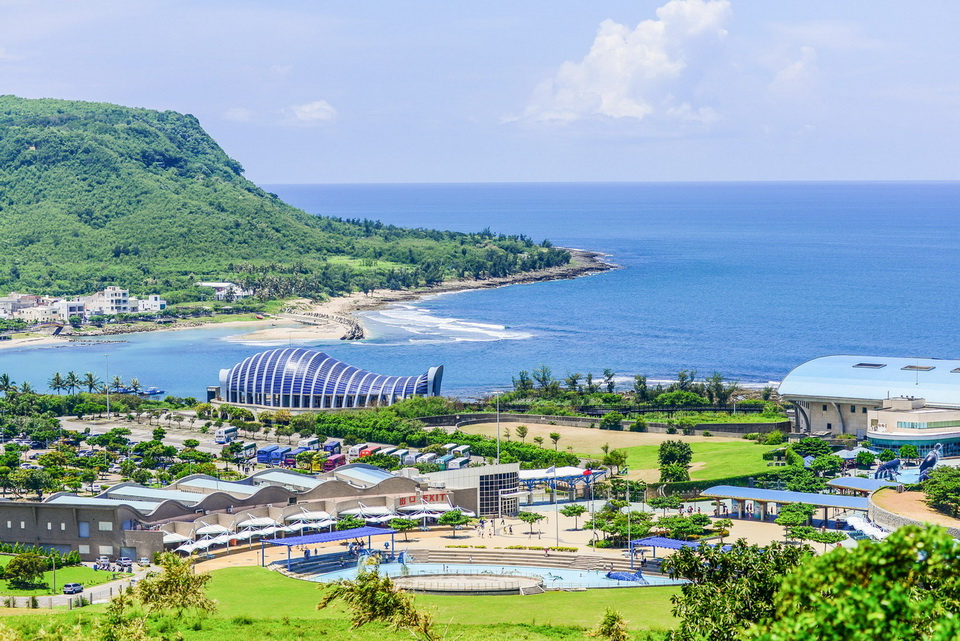
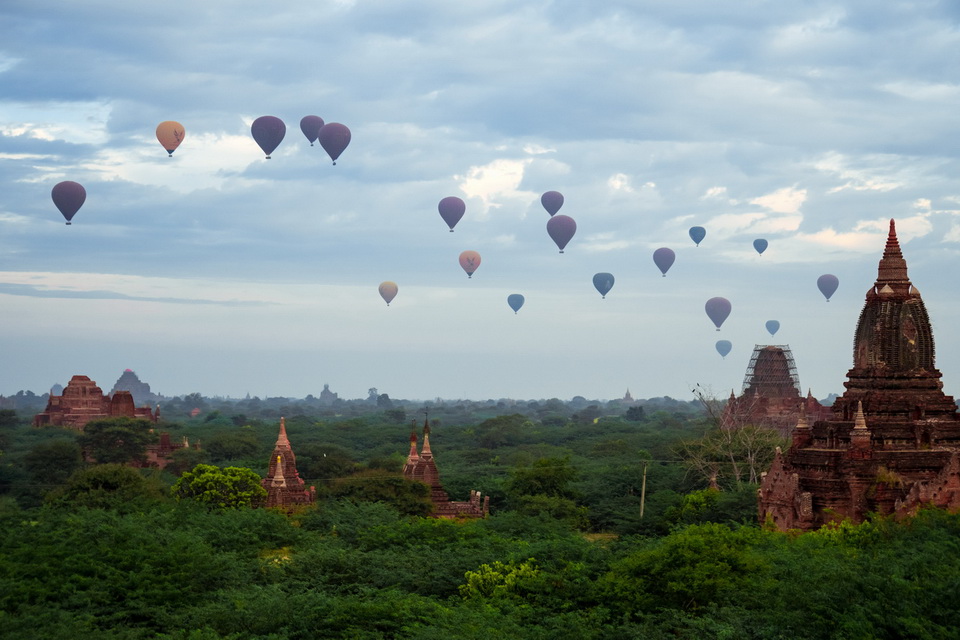








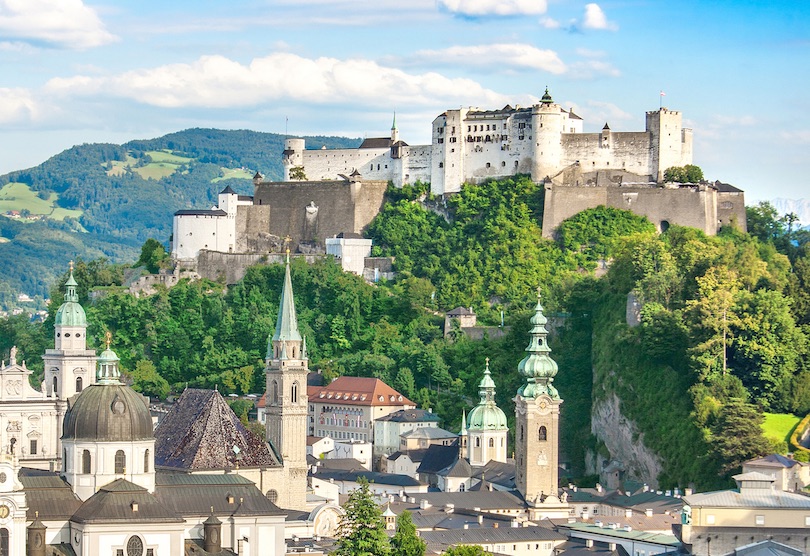
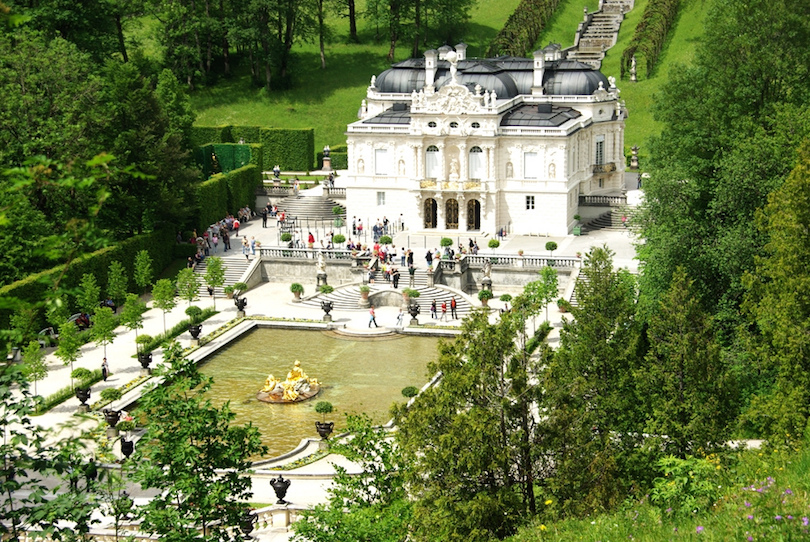
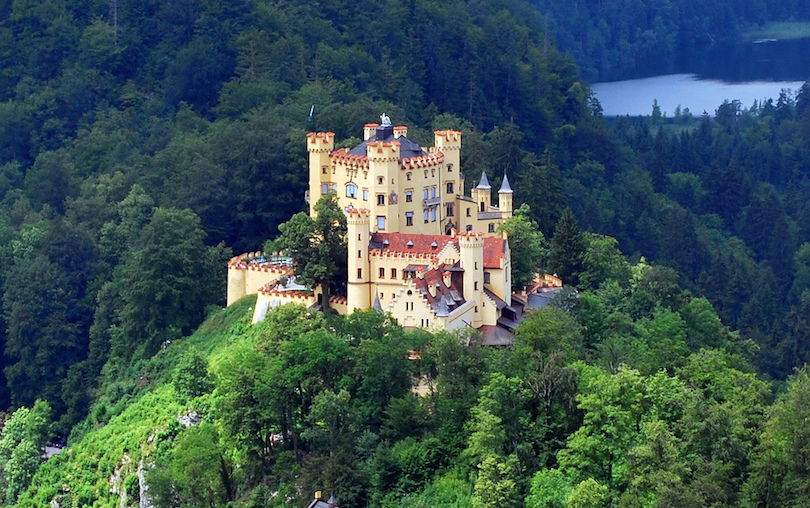
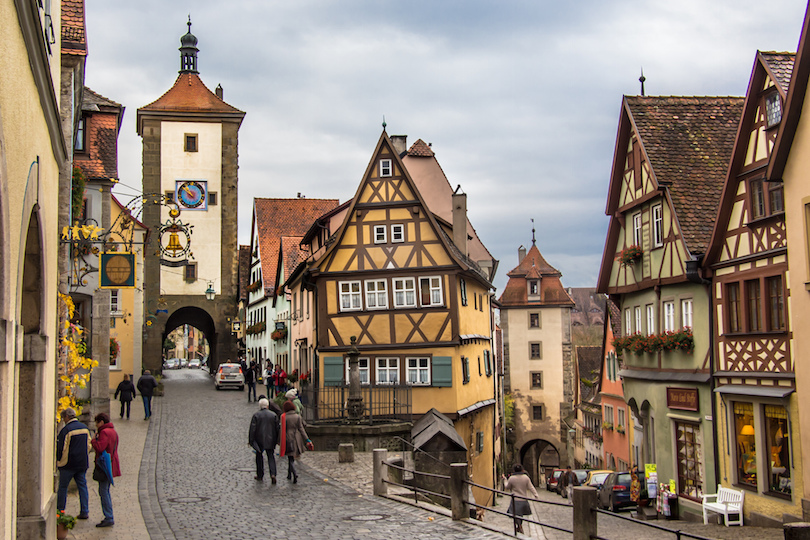


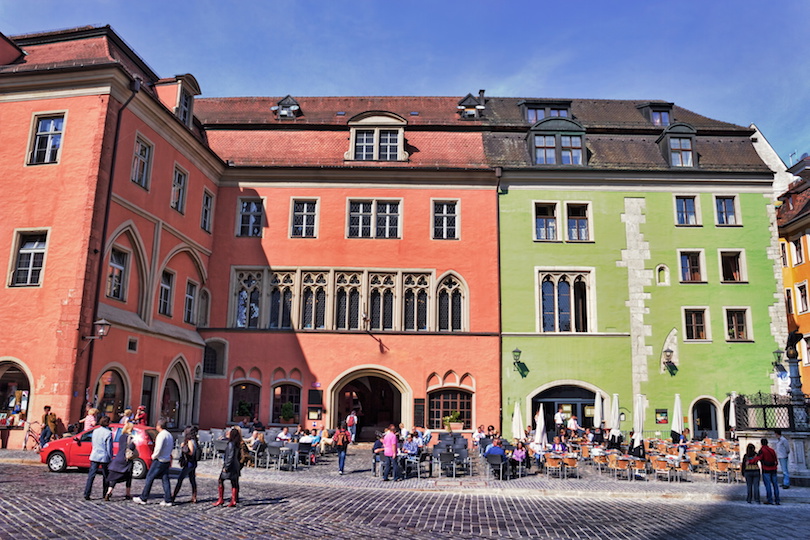
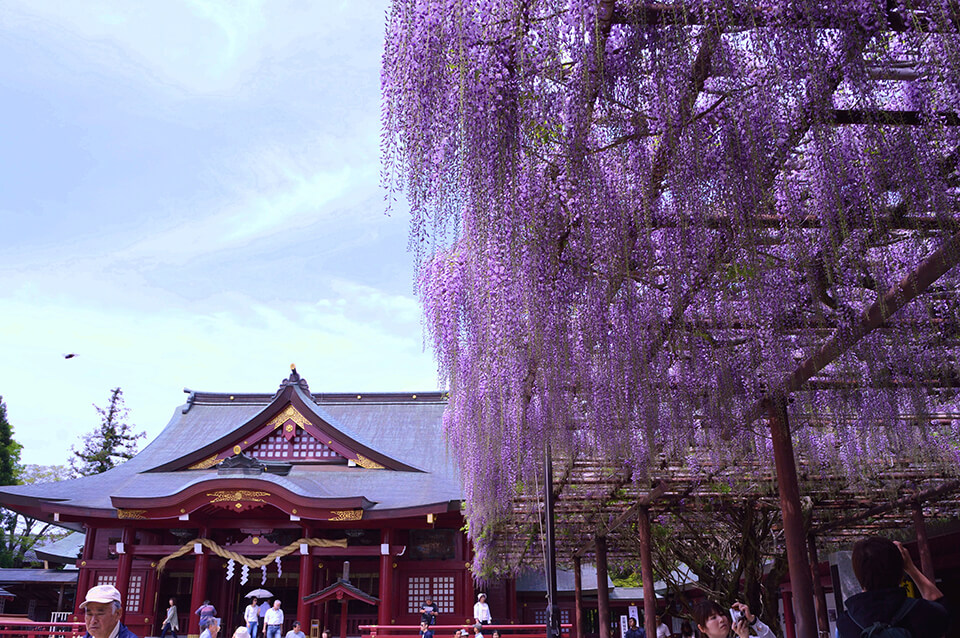
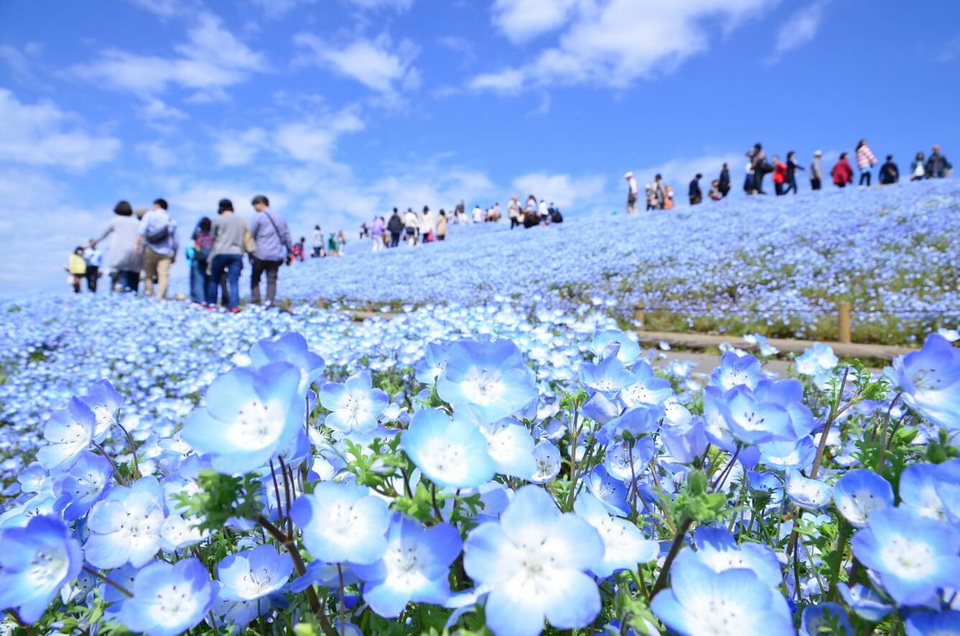
 (1).jpg)
